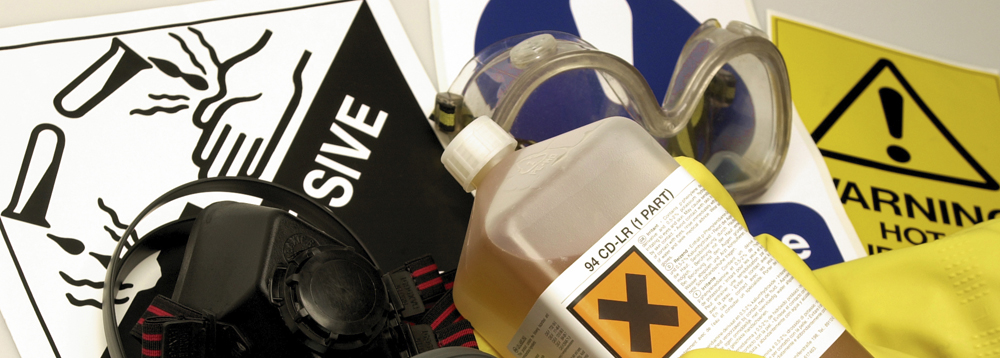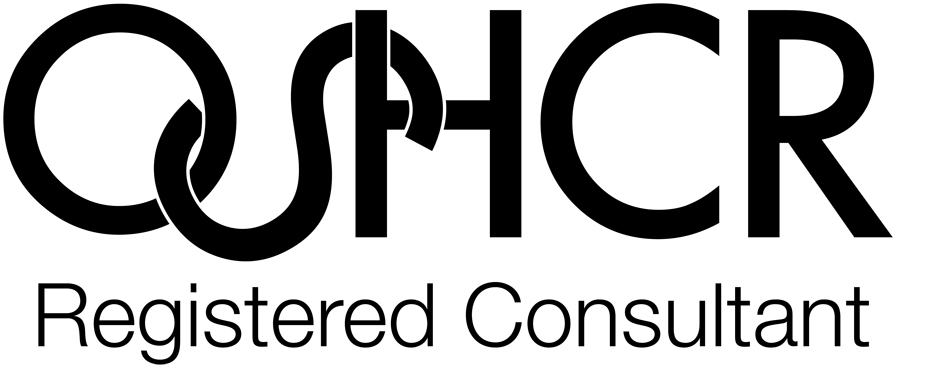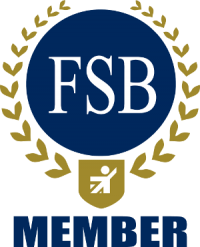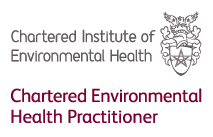Some hazards are obvious – some are not. Some have labels; some are invisible.
Arguably the easier aspect of managing hazardous substances is in respect of those materials that are purchased and used in accordance with the manufacturer’s instructions – the information is provided for you. More challenging are those occasions when
- materials are mixed to create new substances,
- when fumes (e.g. welding) and fine dusts (e.g. flour, wood, stone) are created,
- or when the material is not used as intended (e.g. sprayed rather than cloth applied).
With dusts, the finer the particle size the deeper they will penetrate into the respiratory system; larger particles will be caught by the nose but the smaller ones can reach into the lungs where the oxygen transfer occurs.
Some hazardous substances create sensitisation in the individual leading to allergic reactions such as dermatitis and asthma.
But hazardous substances are not confined to chemicals; biological hazards such as Legionnaire’s disease, Weil’s disease, tetanus, Hepatitis C can be encountered in the world of work.
The human body has a number of natural defences against hazardous substances but many substances can defeat them. So it’s important to bear in mind the routes of entry of the substance into the body;
- inhalation (fumes and fine dust particles can reach deep into the lungs)
- ingestion (inadvertent ingestion can occur where hands are not washed prior to eating)
- injection (a break in the skin can allow chemicals and bacteria to enter the body and cause infection or reaction
- absorption (some chemicals have the ability to be absorbed through the skin
To minimise risks associated with hazardous substances employers are expected to apply a hierarchy of controls, known as ERICPD.
- Eliminate the substance perhaps by changing the process
- Reduce levels of Exposure or introduce a substitute
- Isolate the employees from the substance
- Control exposure using safe systems of work, training, supervision, local exhaust ventilation, guarding, safety devices and tools to carry out the task
- Personal Protective Equipment – usually the first resort but should
- Discipline – making sure that the systems are followed.
While most people will initially respond to a chemical hazard with PPE, the reason it’s so far down the hierarchy is that if it fails (e.g. not worn, defective, ill-fitted, etc.) then there’s nothing left between the hazard and the person.
SWSM can help by
- providing a specific assessment system
- reviewing and developing your assessments
- providing information and training to relevant employees so that they understand the risks and control measures
- monitoring adherence through periodic visits.



